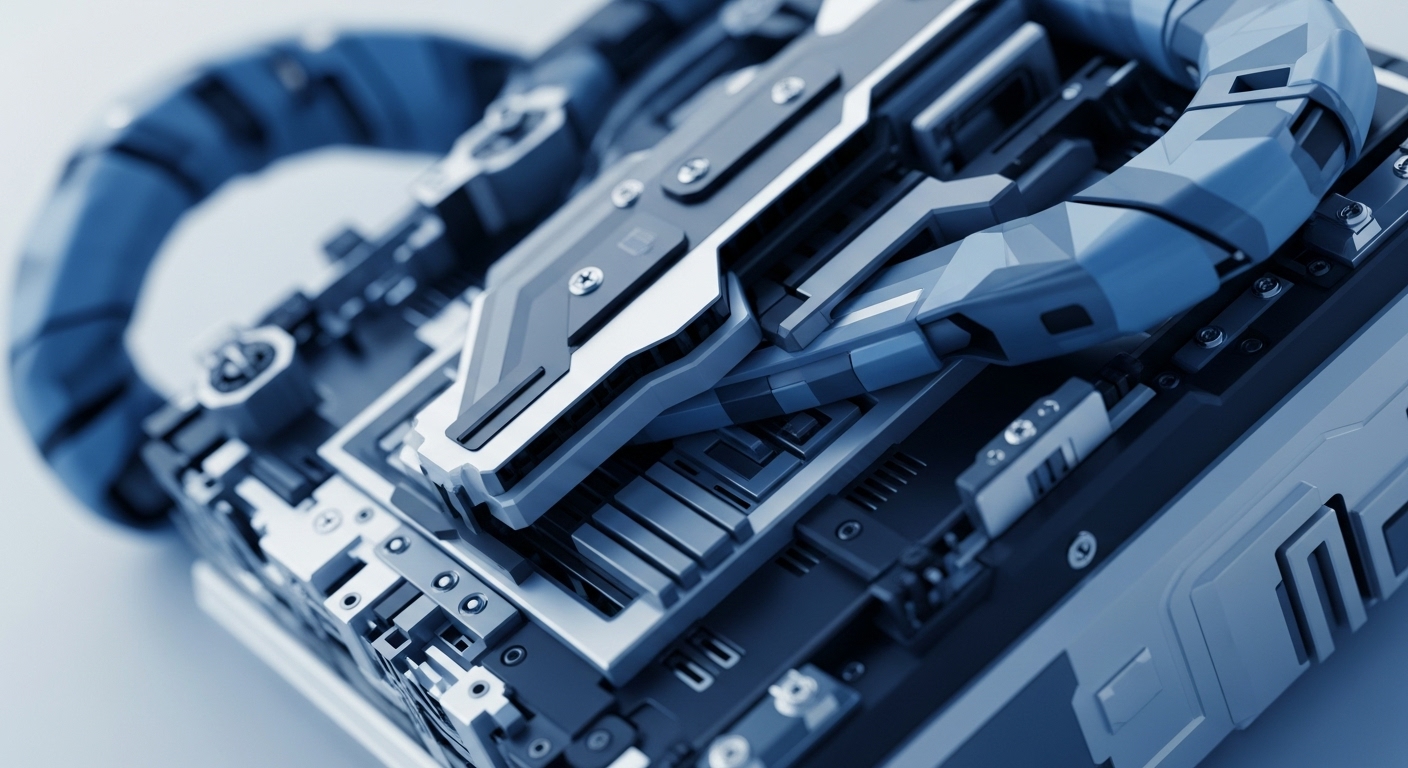
Briefing
Trusted Execution Environments (TEEs) address the fundamental problem of maintaining data confidentiality and computational integrity within decentralized blockchain systems, where transparency often conflicts with privacy and scalability. This foundational breakthrough introduces hardware-level trust, creating isolated secure enclaves within device processors that execute code and data tamper-proof and confidentially. The single most important implication is the potential for truly private smart contracts and efficient offchain computation, which unlocks new paradigms for decentralized applications (DApps) and significantly enhances the overall architecture and security of future blockchains.

Context
Before the integration of Trusted Execution Environments, established blockchain theory primarily relied on cryptographic primitives and distributed consensus mechanisms to ensure security and immutability. While effective for maintaining a public, verifiable ledger, this model presented significant limitations for applications requiring data confidentiality or intensive offchain computation. The prevailing theoretical challenge was the inherent trade-off between transparency, which is a core tenet of public blockchains, and the need for private transaction data or complex computations that could not be economically or securely performed directly on-chain. This often led to compromises in privacy or forced developers to rely on less secure off-chain solutions.

Analysis
The core mechanism of Trusted Execution Environments involves creating a secure enclave within a device’s processor, which functions as an isolated area where data and code remain tamper-proof and confidential during execution. This fundamentally differs from previous approaches by introducing a hardware-rooted trust anchor, moving beyond purely cryptographic or consensus-based security for certain operations. The process begins with the CPU measuring its Trusted Computing Base (boot firmware, OS kernel, application binaries) and signing this measurement with a private attestation key embedded in the CPU. This generates a cryptographic attestation report, allowing remote verifiers to confirm the enclave’s authenticity and integrity.
For confidential smart contracts, TEEs access keys to decrypt contract data, executing the logic privately. To mitigate the risk of key compromise, TEEs employ distributed key management, splitting control across multiple trusted nodes and frequently rotating short-term keys. This new primitive extends blockchain capabilities by enabling secure offchain computation and confidential transaction processing, alleviating on-chain computational overhead and gas costs.

Parameters
- Core Concept → Trusted Execution Environments (TEEs)
- Trust Mechanism → Hardware-level trust
- Key Security Feature → Remote attestation
- Confidentiality Primitive → Secure enclave
- Key Management → Distributed key management with threshold cryptography
- Example L1 Integration → Secret Network (Cosmos SDK, Intel SGX)
- Example L2 Integration → Unichain (Optimistic rollup on Ethereum, Flashbots collaboration)
- Offchain Computation Platform → IExec
- Primary Manufacturer Mentioned → Intel SGX
- Publication Date → September 19, 2025

Outlook
The research area of Trusted Execution Environments in blockchain is poised for significant evolution, moving beyond privacy-preserving applications to focus on broader scalability solutions and efficient offchain computation for decentralized applications. Over the next three to five years, this theory is expected to unlock real-world applications such as highly performant, low-cost decentralized AI applications and MEV-resistant blockchain infrastructures. The continued development of TEEs will likely lead to more robust dispute resolution mechanisms for Layer 2 solutions and a deeper integration of hardware-backed security into core blockchain protocols, opening new avenues for research into hybrid trust models and the economic incentives for TEE adoption.
